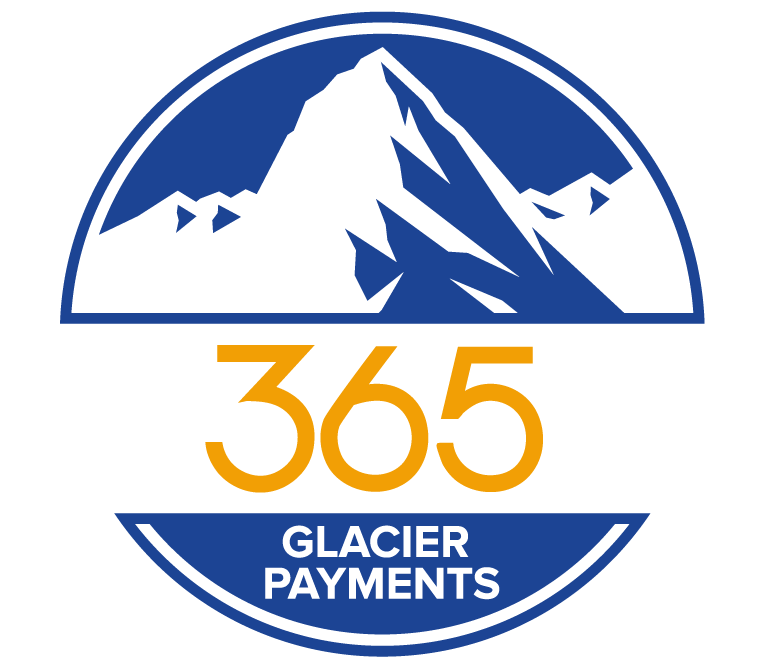Chargeback Prevention? How Do I Protect my Business?
As an e-commerce merchant, you know that chargeback prevention is very much a part of your business. Odds are that every online retailer is going to experience a few chargebacks — unfortunately, some more than others. In moderation, chargebacks are normal—even expected. But too many can ruin your credit card processing capabilities and even cost you your merchant account. This is why chargeback protection for merchants is of the utmost importance.
What is a chargeback?
Chargebacks are a consumer protection tool that allow consumers to get their money back for fraudulent charges or purchases that don’t live up to standards by submitting a dispute with their card issuer.
If you notice a transaction on your credit card account that doesn’t look familiar or run into issues with a recent order, you may want to (and should) dispute the transaction. Generally, you’ll have two options when disputing a transaction: refund or chargeback.
A refund comes directly from a merchant, while a chargeback comes from your card issuer.
The first step in the dispute process should be to go directly to the merchant and request a refund. This may require you to bring the item back to the store with a copy of your receipt, or you may be able to contact customer support and get a refund online.
For instance, I recently received an item from Amazon that didn’t meet expected standards. I began the dispute process by directly contacting Amazon customer service via chat and explaining the issue. Moments later I received a refund for the item, but that may not always be the case. If Amazon wasn’t willing to credit the purchase, I would have requested a chargeback with my credit card issuer.
Chargebacks should be the next step if asking the merchant for a refund doesn’t work. You initiate a chargeback directly with your card issuer in the hopes of the transaction being reversed.
The Common Reasons For Chargebacks
Chargebacks happen when a consumer contacts their credit card issuing bank to dispute a charge on their statement. Chargebacks can occur for any number of reasons, but here are a few common examples:
- The transaction was fraudulent.
- A customer doesn’t recognize the charge or forgets the purchase
- A customer didn’t receive the purchases
- The purchases were damaged
- The product description was inaccurate or misleading
- A customer was dissatisfied with the purchase
- The charge on the customer’s billing statement differs from the price of the sale
Chargeback fraud is becoming more popular in the e-commerce world, with many fraudsters exploiting the chargeback process to get away with free goods or extra cash. Merchants should be especially vigilant toward chargeback fraud, as it can make online payment processing solutions harder to find.
Why Chargeback Protection For Merchants Is More Important Than Ever
It is a lot easier nowadays for online merchants to fall afoul of the chargeback guidelines which were implemented Jan. 1, 2016. Prior to then, Visa’s chargeback mandate was 2 percent of sales or 200 hundred chargebacks in a month.
Visa revised its tolerance for chargebacks to 1 percent of monthly sales or 100 per month, causing high risk merchants to rethink their models. If a merchant crosses the 1 percent/100 threshold, they are placed in a probationary period until they can consistently maintain a chargeback level beneath the limits set by Visa and MasterCard.
5 Chargeback Prevention Tips
- Send email confirmations to your customers following orders and shipments. This will help eliminate miscommunication.
- Ship orders on time to prevent chargeback inquiries.
- Screen your payment gateway for fraudulent transactions.
- Require signatures upon package delivery. This can help you present evidence if you attempt a chargeback reversal.
- Customize your billing descriptor with your business’s name
Let Your Customers Know: A Refund Is Always Better Than A Chargeback
It is true that too many refunds can hurt a business too, but banks have far, far more tolerance for refunds than they do chargebacks. The merchant and customer deal directly with one another to settle a refund — the bank is not involved. A chargeback involves the credit card issuing bank.
More often than not, if the merchant feels the chargeback is not justified, contacting the customer and offering a full refund is a very effective tactic in reversing chargebacks. Explain to the merchant how damaging a chargeback is and ask for a reversal.
At 365 Glacier Payments we are dedicated to the education of merchants regarding business advancement and growth. If you have additional questions or need help setting up a merchant account please schedule an appointment here. If you prefer, you can reach us at 866.857.8766 or email info@365glacierpayments.com.





